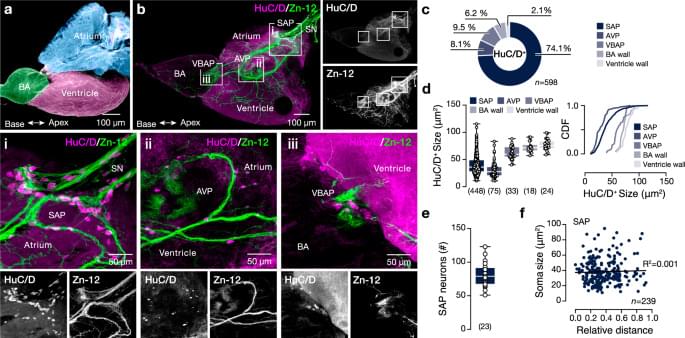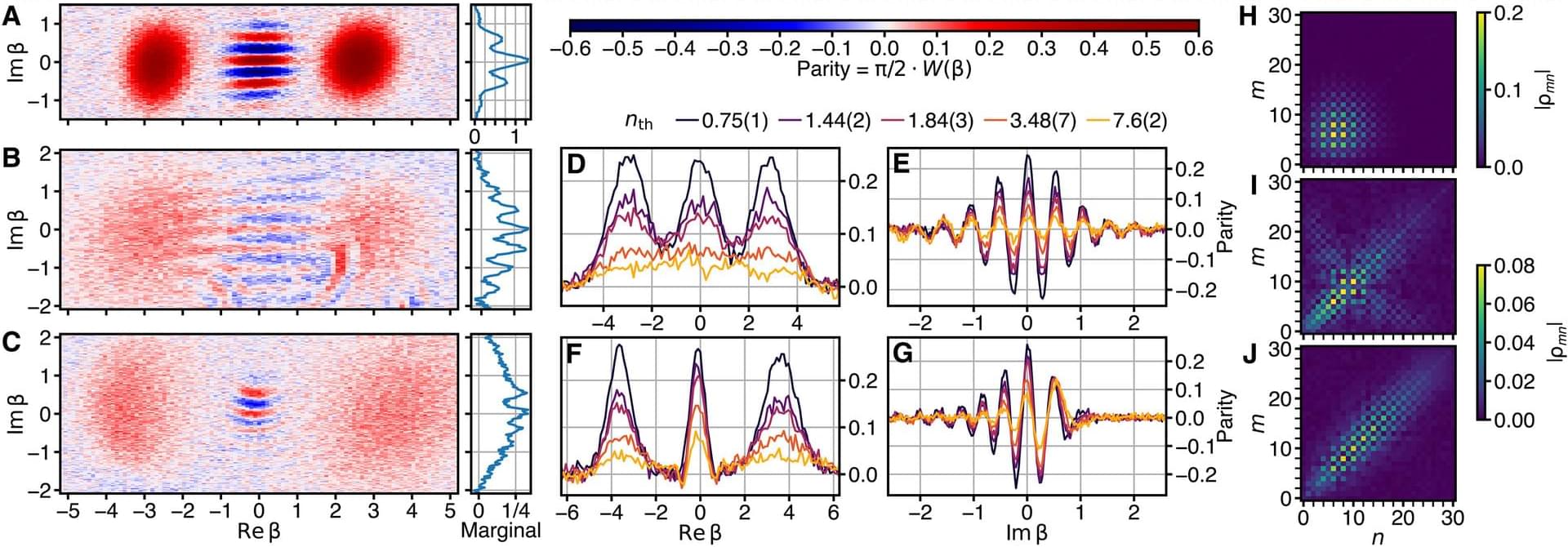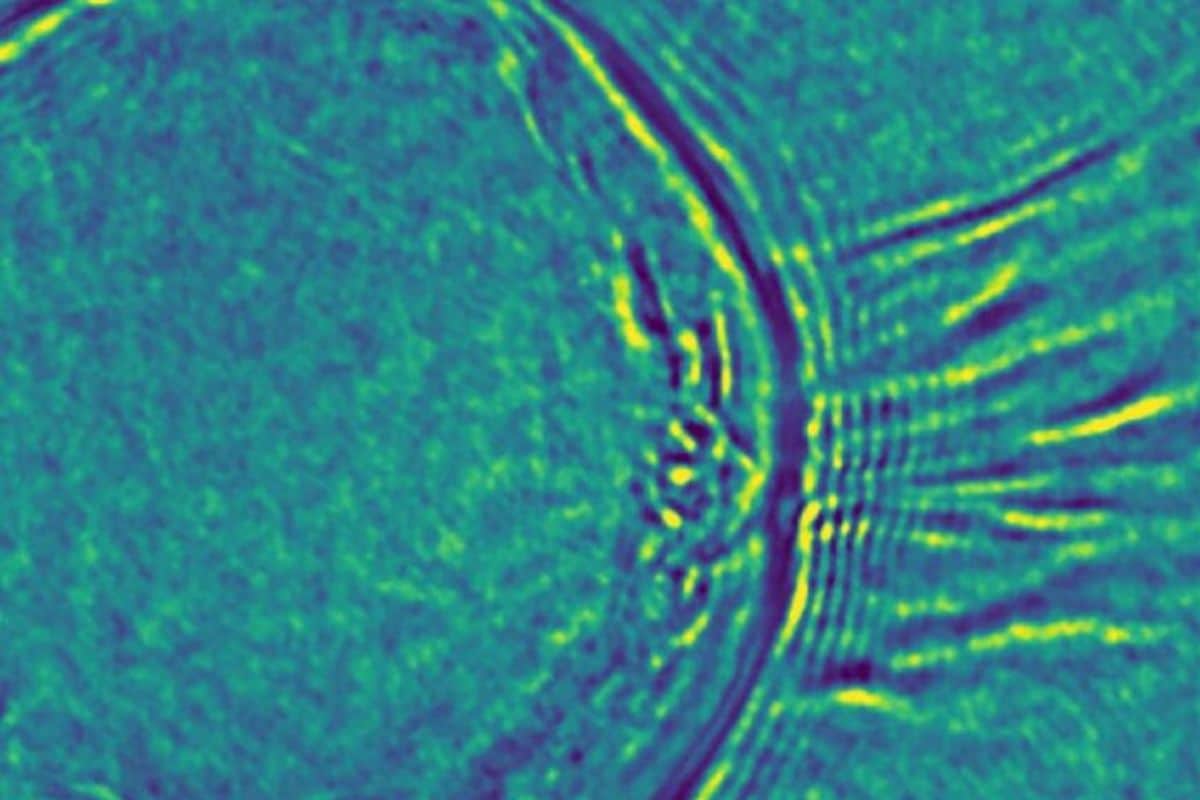Image quality often makes the difference between an amazing multimedia experience, like feeling immersed in a high-definition movie, and a visual letdown. When it comes to biomolecular imaging, the details matter even more. When scientists increase resolution in quantitative imaging, they improve accuracy and confidence in results, ultimately facilitating discoveries in studies of proteins, cells and other biomedical applications.
Scientists have long been able to look at single molecules to study their nanoscale structures and dynamics in biological systems. However, distinguishing between two closely spaced dipole emitters, which are fluorescent molecules that can emit light in specific directions and intensities, has remained a major challenge, especially when such molecules emit light at the same time and are spatially coincident, or located at nearly the same point in space.
This limitation has hindered researchers’ ability to measure the orientation and angular separation of dipoles accurately, which is vital to understanding their rotational dynamics in crowded cellular environments.








